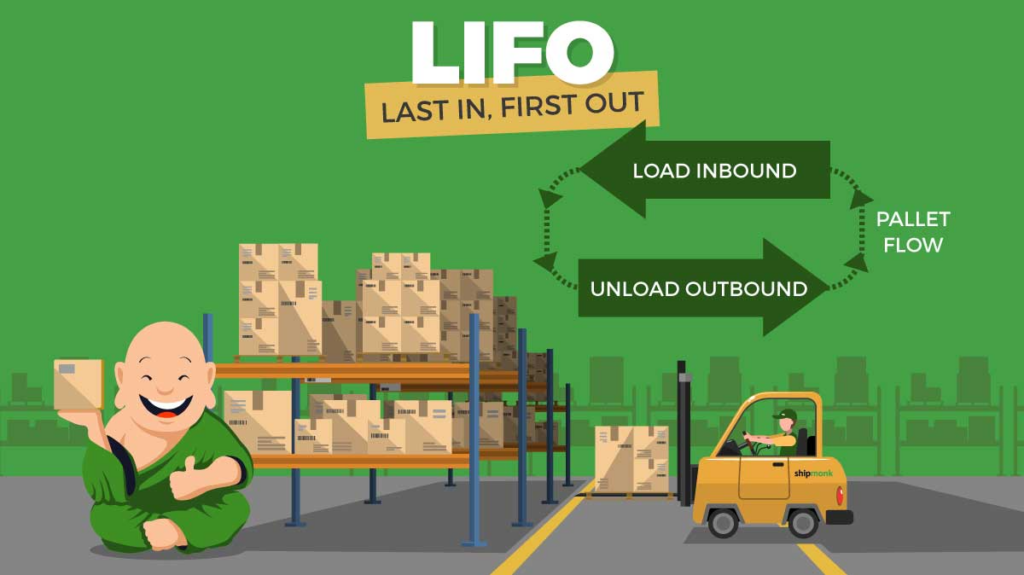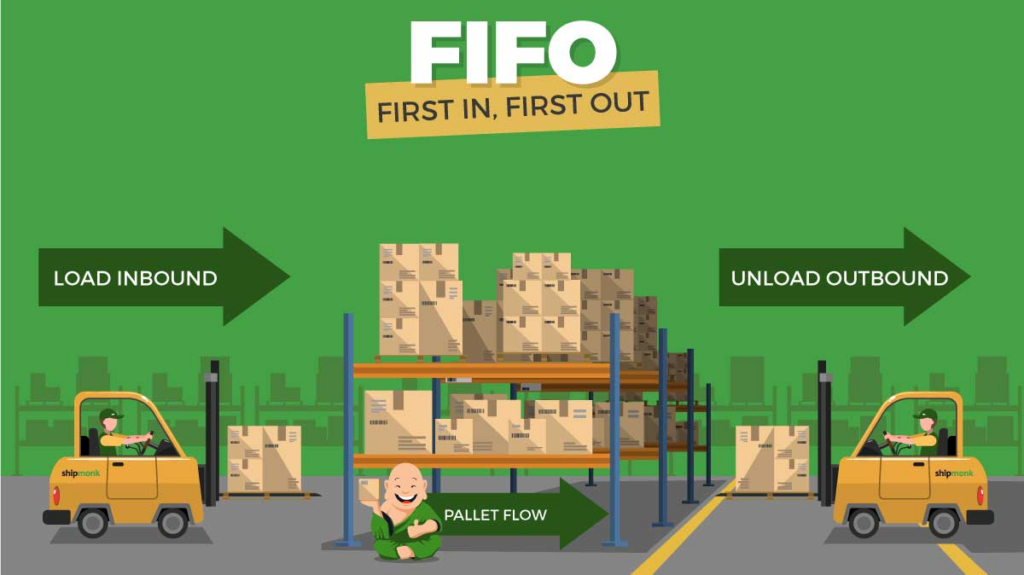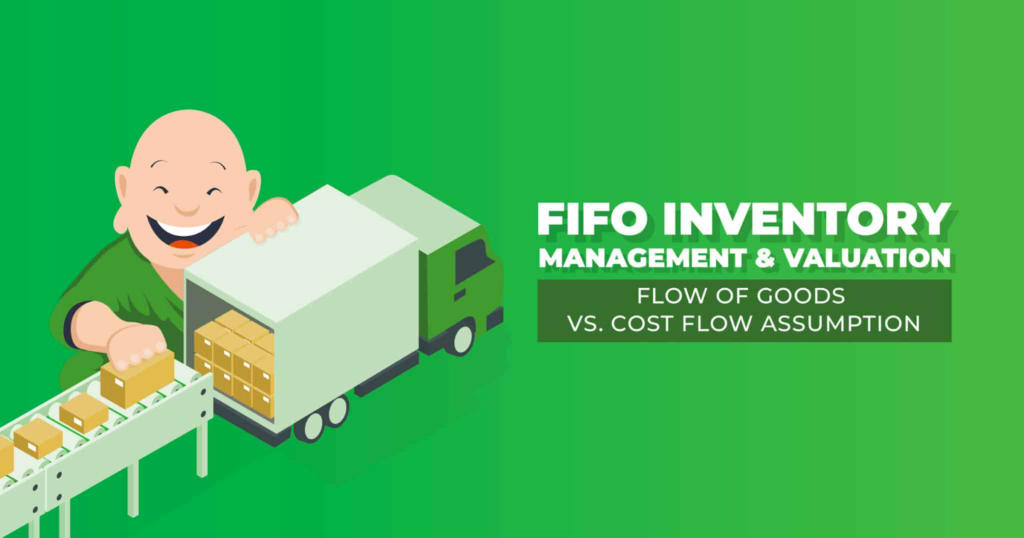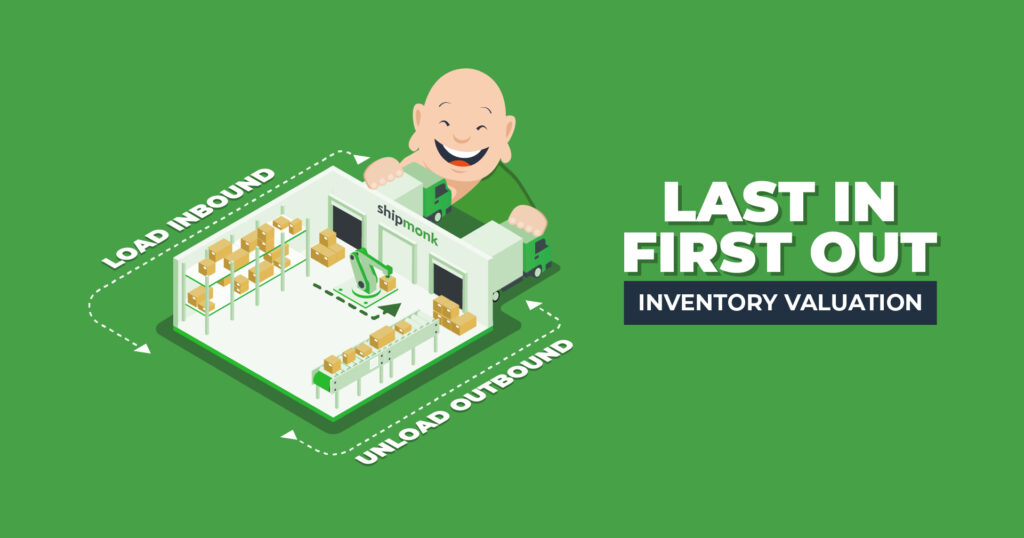How much is your inventory worth? This is an important question because it determines your company’s tax liability and affects its overall financial picture at the end of the year. There are several different methods, or cost flow assumptions, that can be used to value your assets at the end of the year, as well as determine cost of goods sold (COGS) during the year. The method you choose can have a significant impact on your financial statements.
The most common inventory valuation methods are FIFO, LIFO, Weighted Average, and Specific Identification. In previous blog posts, we discussed the FIFO method and Weighted Average method in detail. In this post, we’ll explore the advantages and disadvantages of the LIFO method.
Inventory Valuation vs. Inventory Management
First, let’s make sure we’re all on the same page: inventory valuation is not the same as inventory management. Inventory valuation is strictly an accounting process that involves calculating all the costs that went into manufacturing or acquiring your finished goods, and tracking changes in costs throughout the year. As goods are sold, each unit is assigned a cost (value), which is subtracted from its retail price to determine the profit made on that sale.
Inventory management, on the other hand, tracks and manages the movement of actual, physical goods, including raw materials at the factory, materials or finished goods in transit, merchandise stored in your fulfillment center or 3PL, and SKUs as they’re being picked and packed through the order fulfillment process. A company may use one method to move inventory through their warehouse, and a completely different method for tracking its value over time.

What is the LIFO Inventory Valuation Method?
LIFO is an acronym that stands for Last In, First Out. This method assumes that the newest items on the warehouse shelf are sold first. While LIFO is rarely used as a warehouse inventory management method, it is frequently used as an inventory valuation method. As each unit is sold (whether the oldest or newest item on the shelf) the cost assigned to that unit is equal to the cost of the unit most recently purchased. Because costs tend to rise over time, the LIFO valuation method tends to overstate COGS, which reduces reported earnings and, ultimately, taxable income.
At the same time, the remaining inventory (a.k.a. ending inventory) is valued at older, lower costs. The LIFO method is best suited for ecommerce businesses or retailers that sell non-perishable goods or goods that face a low risk of obsolescence. Businesses that choose this method usually do so in order to lower their tax burden.

Other Inventory Valuation Methods
The opposite of LIFO is the FIFO method, (First In, First Out) which assumes that units are sold in the order that they are purchased. This method more accurately reflects the actual cost of inventory, but usually results in higher reported earnings and a higher tax burden. FIFO is the most commonly used method for inventory management, and, therefore, the simplest and most common method of inventory valuation, because it mimics the actual flow of goods, especially those that are perishable or at risk of obsolescence over time. Learn more about the FIFO method on our blog: FIFO Inventory Management vs. Inventory Valuation for eCommerce Businesses.
In addition to the FIFO and LIFO cost flow assumptions, companies may use the Weighted Average method, which calculates the average cost of all units purchased during the year and uses that dollar value as COGS for each unit. A fourth method, the Specific Identification Method, tracks the actual cost of each unit from purchase to sale. This method is only feasible for companies that sell one-of-a-kind goods, such as antiques and collectibles. Less common inventory valuation methods include HIFO (Highest In, First Out), LOFO (Lowest In, First Out), and FEFO (First Expired, First Out).

Financial Reporting
There are a few things to keep in mind when selecting an inventory valuation method or cost flow assumption for your company.
1.) The IRS requires newly formed companies to select an inventory valuation method in their first year and stick to it. If a company wishes to change methods in the future, they must apply for permission from the IRS. Sticking to the same method year after year gives owners and investors a clear picture of how the company is performing.
2.) U.S. accounting standards do not require the cost flow assumption method to match the physical flow of goods.
3.) U.S. businesses must follow Generally Accepted Accounting Principles (GAAP), which accept any of the methods mentioned above as a cost flow assumption for inventory valuation and tax reporting. The only stipulation is that the cost flow assumption used for tax reporting must also be used to prepare the company’s financial statements.
4.) International Financial Reporting Standards (IFRS) do not accept LIFO as a legitimate accounting method. This means that if your business is required to file international financial statements to, say, meet the reporting needs of international investors, you will have to file financial statements using the FIFO method, even if you use LIFO for tax reporting purposes. This will result in additional complications and costs.

Advantages of the LIFO Method
Why would a company choose LIFO as their inventory valuation method? There are several reasons.
- Reduces tax liability by reporting higher COGS, which reduces net income and taxable income.
- Gives a more accurate picture of the company’s current and future profitability by matching current costs to current revenues.
- Reduces the likelihood of inventory write-downs in product categories such as electronics, where market value decreases over time.
- In cases where the physical flow of inventory is last in, last out, such as the coal, oil, and gas industries, it makes sense to use LIFO as the valuation method.

Disadvantages of the LIFO Method
Despite its tax advantages, LIFO has significant disadvantages as an inventory valuation method.
- Does not correspond to the actual flow of goods in most companies, which makes it more complicated to maintain.
- Prohibited by the International Financial Reporting Standards (IFRS), which may require separate calculations for financial statements.
- Minimizes gross profits and net income at the end of the year, which is reflected in share prices and the overall valuation of the business, making the company look less attractive to investors.
- Presents an outdated view of the company’s assets at the end of the year because ending inventory is valued at older (usually lower) prices, which may not reflect its current market value.
- May result in waste if inventory is not rotated and must eventually be cleared out.
Complex Calculations Made Easy
While the LIFO method may be more complicated than other inventory valuation methods, ShipMonk’s powerful 3PL software platform makes the calculations easier. From revenue breakouts to real-time inventory reporting across the supply chain, ShipMonk’s fulfillment dashboard gives you a drone’s-eye view of data-driven clarity.
We can’t tell you whether LIFO is the best inventory valuation method for your company; that decision is up to you and your business tax professional. However, we can present the advantages and disadvantages. To see how a tech-forward 3PL can make inventory management and calculating inventory costs easier, contact a fulfillment expert at ShipMonk today.





